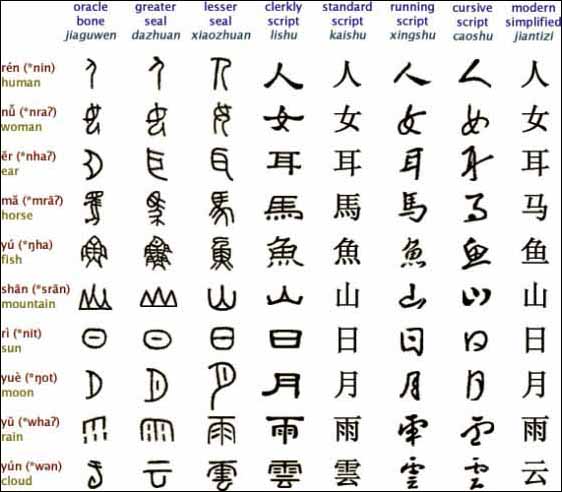

There’s a cameo for long-lived Zhou Youguang, who co-invented pinyin, the modern system for writing Chinese in the Roman alphabet.

She writes about several inventors of Chinese typewriters, none of them commercially successful, and the men who made it possible to send a cable in Chinese. She portrays Wang Zhao’s Chinese alphabet, ultimately surpassed by Zhang Taiyan’s alternative bopomofo system. She describes their long struggles with the beloved script, their hardships (jail, flight, hunger, technical glitches), their many defeats and the rare but rewarding triumph. This is where the author is at her best: she brings to life the individuals who gave their all to solve China’s problems with language technology, even as political and social turmoil was raging around them. Yet solved they were, by a combination of ingenuity, determination and cultural pride, with the occasional admixture of diplomacy, power-play and a little luck. To make things worse, they had to be solved against the backdrop of a collapsing empire, a civil war, several foreign invasions, another civil war, Mao’s disastrous Great Leap Forward and his horrific Cultural Revolution. As a result, Chinese words, including names, could be rendered in many different ways: for example, the province we now know as Sichuan used to be spelt either Se-tchuen, Szechw’an or Ssu-ch’uan.Make no mistake: these were hard problems with far-reaching social and economic consequences. Yet another linguistic problem was not inherent in the script, but annoying all the same: the lack of a standardised method for transliterating the characters into the Roman alphabet or other scripts. And while workarounds were developed for the sake of dictionaries and catalogues they were error prone and time consuming. Moreover, the letters of an alphabet have a fixed sequence, and any user can rattle them off.
Chinese word writer code#
Quite a challenge, then, to build a mechanical typewriter, or to remember the correct morse code for each one. Chinese characters, on the other hand, represent meaningful syllables, and there are many thousands. It also keeps code sets for telegraphy (such as morse) and computers sweet and simple. Such a low number makes for convenient keyboards. Alphabets typically consist of 20 to 40 letters that represent single sounds. The main thing to understand is that it’s nothing like an alphabet. But the real trouble lay elsewhere: in the Chinese writing system itself.Īncient, revered and the vehicle of a great civilisation, the character-based script had downsides that were becoming more and more pressing in a technological age. More peculiar was the fact that written Chinese reflected the state of the language as spoken 2,000 years ago rather than any of the modern vernaculars – imagine the French doing their correspondence in Latin. However, widespread illiteracy and the absence of a standard language were common in countries around the world and were living memories even in Europe. Nobody except officials spoke a standard language, and the numerous varieties of Chinese made communication beyond regional borders impossible. More than 80% of the population could neither read nor write, including most women. Some of these problems were linguistic in nature. European imperialism had played its usual shameful part, but there were other reasons for the country’s plight. In 1900, China was a great power in steep decline. In Kingdom of Characters, scholar Jing Tsu introduces us to a tumultuous century and a colourful cast of (human) characters. Yet far from being abolished, the script (known as hànzì) was successfully pressed into service for all sorts of modern technologies. How the country went from rags to first ruin, then riches has been the stuff of headlines for over a century. “I f the Chinese script is not abolished, China will certainly perish!” So said the literary author Lu Xun in the 1930s, and many in China agreed.


 0 kommentar(er)
0 kommentar(er)
